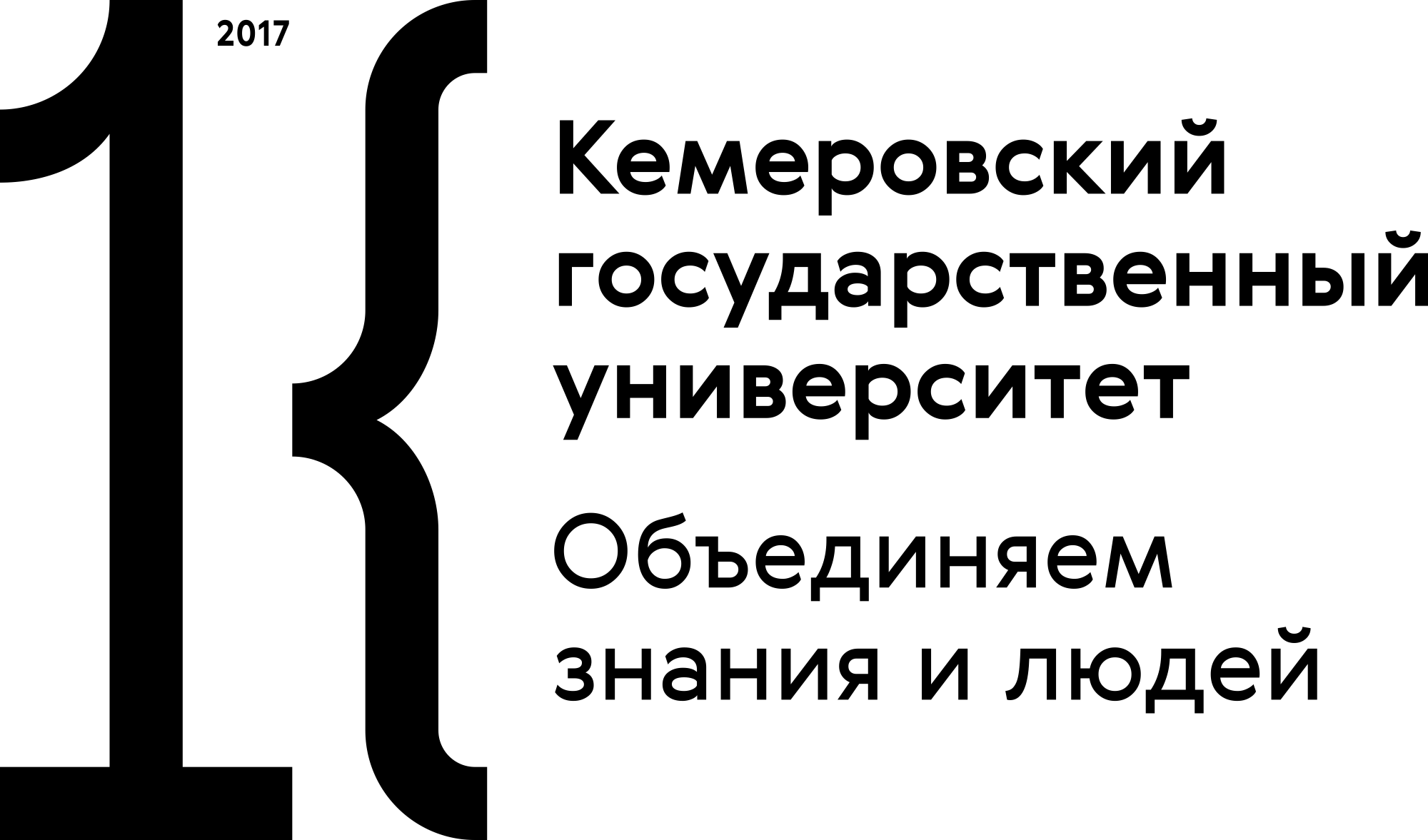Kemerovo, Russian Federation
In this paper, some results of studying the energy efficiency of the fast freezing of different varieties of blackcurrant berries in a fluidized-bed fast freezer were reported. A method of calculating the energy expenditures on the fast freezing of different varieties of blackcurrant berries in an air fast freezer was proposed. The energy expenditures on the circulation of air at a rate required to create fluidization were determined depending on the air temperature. The energy consumption in the production of artificial cold for the provision of required heat-withdrawing air medium temperatures was calculated. The performed studies were used as a basis to determine the energy-efficient regimes of the low-temperature treatment of blackcurrant berries in an air fast freezer and also the types of a refrigerating machine and a refrigerant, which provided the least energy-consuming fast freezing of blackcurrant berries.
blackcurrant, fast freezing, energy efficiency of freezing processes
INTRODUCTION
The deficit of vitamins and minerals is currently the most widespread and, at the same time, most unwholesome deviation of nutrition from the rational physiologically substantiated standards [1].
Being a natural concentrate of bioactive substances, berries manifest physiologically active properties after entering a human organism and produce an essential effect on its metabolism and vital activity. Blackcurrant is one of the most valuable vitamin-containing plants of the Russian flora. It is rich in ascorbic acid, vitamins B and P. The outstanding value of blackcurrant berries is explained by that vitamins C and P contained in them in great amounts mutually potentiate their health-promoting effects [2].
Freezing is one of the simplest and most widespread methods for the preservation of moisture-containing products. Frozen berries can be stored for many months, as the moisture in them has been brought into a solid state. A decrease in temperature and dewatering during the transition of the moisture contained in berries into a solid state create unfavorable conditions for the development of biochemical reactions in a frozen object, and their rate is abruptly decelerated [3].
The formation of ice crystals alongside with the freezing of a moisture-containing object leads to the destruction of its structure. The destruction of a product’s structure is induced by both mechanical and osmotic factors. Ice crystals formed outside cells deform and destruct their membranes, growing in size during the process of freezing. Moreover, the growth of ice crystals in the intercellular space leads to the diffusion of cellular moisture through membranes and the dewatering of cells.
The intensity and character of transformations in a product under freezing depends on the conditions and parameters of the process and the qualitative characteristics of a low-temperature treatment object. The intensification of heat withdrawal in the process of freezing is accompanied by an increase in the amount of crystallization seeds, and this in turn promotes the formation of a microcrystalline structure. The more intense is heat withdrawal, the smaller will be the crystals in a frozen product [4]. In this case, the crystalline structure will be uniform, and ice crystals will form in both the intercellular space and the cells themselves.
The withdrawal of heat in the freezing of berries can be intensified either by decreasing the temperature of a heat-withdrawing medium or by accelerating its circulation. In the first case, an increase in heat withdrawal will have an extensive character due to an increase in the temperature difference between a low-temperature treatment object and a heat-withdrawing medium. In the second case, an increase in heat withdrawal will have an intensive character due to an increase in the coefficient of heat transfer between a freezable object and a refrigerating medium [5].
The intensification of heat exchange in the freezing of berries is accompanied by the growth of energy consumption in both the first and second cases. To intensify the heat withdrawal in real berry freezing processes, the cumulative effect of the two above listed factors is used.
An important question in the development of a low-temperature treatment technology is the energetic component in the primecost of the finished fresh-frozen fruit and berry products. For this reason, the ratio of the thermal and convective factors is a determinative element in the optimization of energy consumption in the low-temperature treatment of berries.
The objective of this work was to determine the low-temperature treatment regimes, which would allow the minimization of energy consumption in the production of fast-frozen blackcurrant berries.
1. Dietary Reference Intakes. Applications in Dietary Assessment (National Academy Press, Washington, DC, 2000).
2. Microbial Hazard Identification in Fresh Fruit and Vegetables, ed. by James, J. (John Wiley & Sons, Dublin, 2006).
3. Handbook of Food Preservation, ed. by Rahman, M.S. (CRC Press, Boca Raton, FL, 2007).
4. Almási, E., Erdélyi, L., and Sáray, T., Élelmiszerek gyorsfagyasztása (Mezőgazdasági Kiadó, Budapest, 1977).
5. Rasshchepkin, A.N., Korotkiy, I.A., and Korotkaya, E.V., Vliyanie rezhimov nizkotemperaturnoi obrabotki na kachestvennye pokazateli yagod chernoi smorodiny (Effect of low-temperature treatment regimes on the qualitative characteristics of blackcurrant berries), Tekhnika i tekhnologiya pishchevykh proizvodstv (Food Processing: Techniques and Technologies), 2014. №1. P. 101-105.
6. Golyand, M.M., Malevannyi, B.N., Pechatnikov, M.Z., and Plotnikov, V.T., Sbornik primerov raschetov i laboratornykh rabot po kursu “Kholodil’noe tekhnologicheskoe oborudovanie” (Collection of Calculation Examples and Laboratory Works on the Course in Refrigeration Process Equipment) (Legkaya i pishchevaya promyshlennost’, Moscow, 1981).
7. Baranenko, A.V., Kutsakova, V.E., Borzenko, E.I., and Frolov, S.V., Primery i zadachi po kholodil’noi tekhnologii pishchevykh produktov. Ch. 3. Teplofizicheskie osnovy (Examples and Problems on Food Refrigeration Technology, Part 3. Thermophysical Principles) (KolosS, Moscow, 2004).
8. Lykov, A.V., Teoriya teploprovodnosti (Theory of Heat Conductivity) (Vysshaya shkola, Moscow, 1967).
9. Rogov, I.A., Kutsakova, V.E., Filippov, V.I., and Frolov, S.V., Konservirovanie pishchevykh produktov kholodom (Refrigeration Preservation of Food Products) (KolosS, Moscow, 1999).
10. Korotkiy, I.A., Mashiny nizkotemperaturnoi tekhniki. Chast’ I (Low-Temperature Engineering Machines. Part I) (KemTIPP, Kemerovo, 2004).
11. Korotkiy, I.A., Mashiny nizkotemperaturnoi tekhniki. Chast’ II (Low-Temperature Engineering Machines. Part II) (KemTIPP, Kemerovo, 2008).











